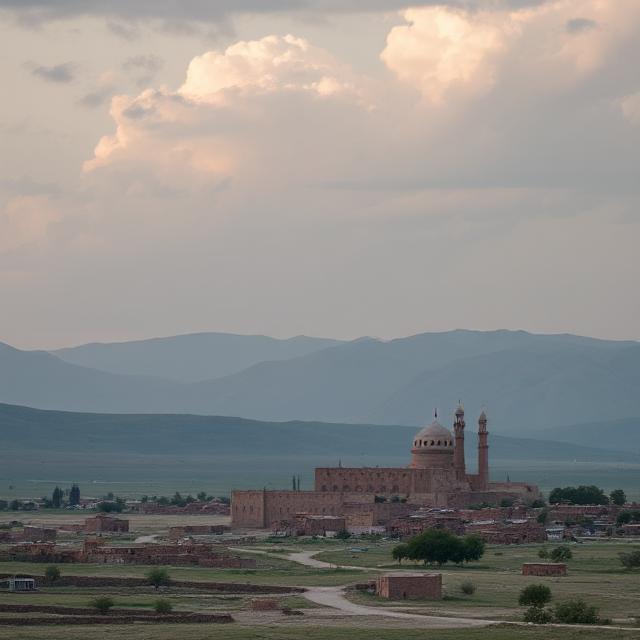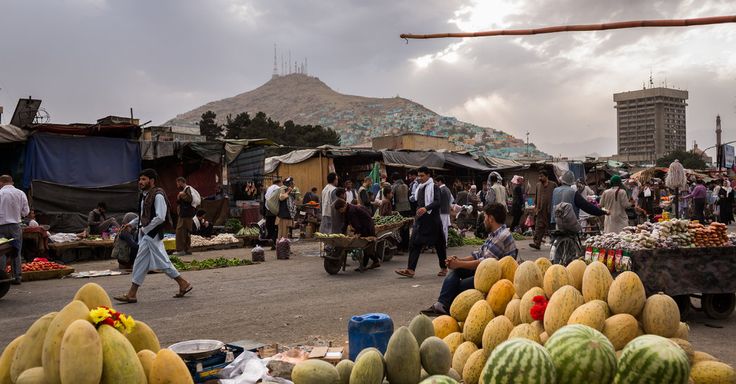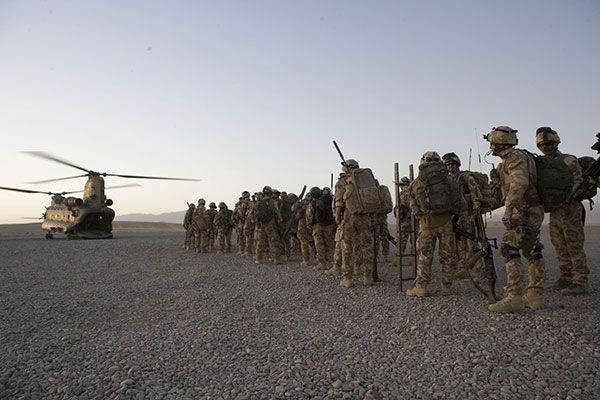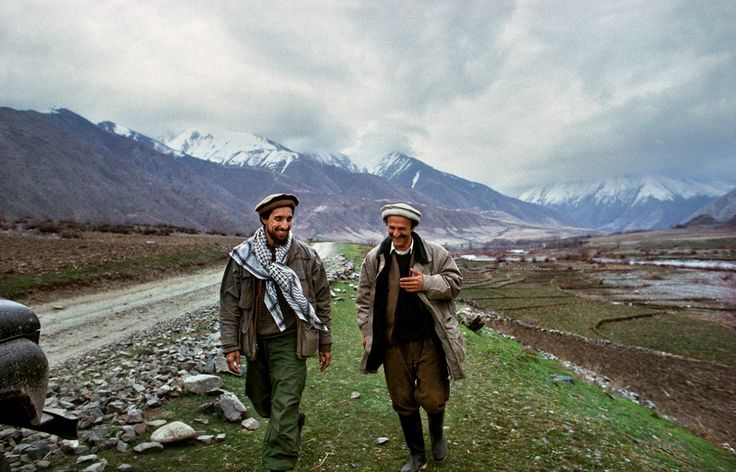Introduction
Ghazni Province is one of the most fascinating regions in Afghanistan. Located in the southeastern part of the country, it has a long history, rich culture, and beautiful landscapes. While the province has faced many challenges, it continues to grow and shine with the strength of its people. In this blog post, we will explore the different sides of Ghazni, including its people, land, history, economy, and future. This article uses simple language, making it easy for young readers to understand.
Where is Ghazni Province?
Ghazni is located in southeastern Afghanistan, about 150 kilometers southwest of Kabul, the capital of the country. It shares borders with Paktika, Zabul, Wardak, and Logar provinces. The capital city of the province is also called Ghazni. The region has a mix of mountains, plains, and rivers. This variety makes it great for farming and raising animals.
The location of Ghazni also makes it an important connection between the central and southern parts of Afghanistan. It lies along the Kabul-Kandahar Highway, a major road that helps people and goods travel between cities.
Who Lives in Ghazni?
Ghazni is home to a mix of ethnic groups, including Pashtuns, Hazaras, Tajiks, and others. These communities live in different districts, villages, and neighborhoods. The people of Ghazni are known for being friendly, strong, and hardworking. They speak different languages such as Pashto, Dari, and Hazaragi.
Family and community are very important in this province. People take care of one another, and elders are respected. Neighbors often help each other during hard times and celebrations.
A Journey Through History
Ghazni has one of the richest histories in Afghanistan. Over 1,000 years ago, it was the capital of the Ghaznavid Empire, led by Sultan Mahmud of Ghazni. During his rule, Ghazni became a center for art, poetry, science, and learning.
Many great scholars, including the famous Persian poet Ferdowsi, were connected to this region. The ruins of old castles, towers, and mosques still exist today, reminding people of Ghazni’s powerful past. One of the most famous sites is the Ghazni Minarets, two tall towers built nearly 1,000 years ago. Tourists and history lovers visit them to admire their ancient beauty.
Beautiful Nature and Land
Ghazni has a stunning natural environment. It has mountains, valleys, rivers, and flat lands. In spring, the fields are filled with colorful flowers, and the weather is cool and pleasant. Farmers use this land to grow wheat, barley, potatoes, and fruits like apples and grapes.
There are also many animals in Ghazni, such as foxes, deer, wolves, and eagles. These animals live in the forests and hills. The beauty of the land gives people joy and helps them connect with nature.
How People Make a Living
Most people in Ghazni work in farming, animal husbandry, or trading. Farmers grow crops and raise animals like cows, goats, and sheep. These animals provide milk, meat, and wool.
Some people also run small businesses or work in markets, selling clothes, food, and handmade goods. Because Ghazni is close to Kabul and other provinces, it plays an important role in trade and transportation.
However, poor roads and security issues sometimes make travel and business harder. With better roads and more safety, life would become easier for many families.
Schools and Education
Education is improving in Ghazni. Many schools for boys and girls have opened in the last few years. Children learn subjects like math, science, reading, writing, and Islamic studies. In the city of Ghazni, some schools even have computer classes and English lessons.
Still, some children, especially in rural areas, cannot go to school regularly. They may have to help their families at home or face long distances to reach a school. But families in Ghazni believe that education is the key to a better future. Many parents dream of their children becoming teachers, doctors, and engineers.
Culture and Traditions
The culture of Ghazni is colorful and full of life. People celebrate Eid al-Fitr, Eid al-Adha, Nowruz, and independence day with joy. During these times, families gather, cook special meals, wear traditional clothes, and visit friends and neighbors.
Traditional music and dancing are also popular. Instruments like the rubab and tabla are played at weddings and parties. Women wear beautiful dresses with embroidery, and men wear shalwar kameez with turbans or caps.
Hospitality is very important. Guests are treated with great respect and are often served tea, bread, fruits, and sweets.
Problems and Challenges
Ghazni, like many provinces in Afghanistan, faces challenges. Some areas have security problems, damaged roads, and limited healthcare. Hospitals often need more doctors, nurses, and medicine. Electricity is not available in all villages, and clean water is still a problem in some places.
But people are working hard to improve their lives. With support from the government and other organizations, schools are being built, roads are being fixed, and clean water is being brought to more homes.
Ghazni’s Bright Future
Although there are problems, the future of Ghazni can be very bright. The province has smart and strong young people who want to study and help their communities. There is also a growing number of local projects focused on farming, education, and women’s skills.
By investing in education, peace, and health, Ghazni can become one of the best places to live and grow in Afghanistan. The province’s history and culture already show how powerful and important it is.
Conclusion
Ghazni Province is a land of history, beauty, and strength. From ancient empires to modern farming and schools, it has always played a key role in Afghanistan. The people of Ghazni are brave, kind, and full of hope. Even when life is hard, they never stop trying to build a better tomorrow.
We can all learn something from Ghazni’s spirit. It teaches us that with hard work, unity, and dreams, even the most difficult places can shine bright.
To Explore Faryab Click Here




